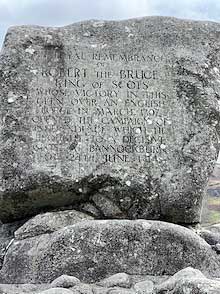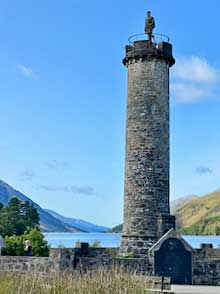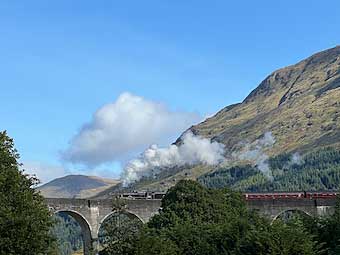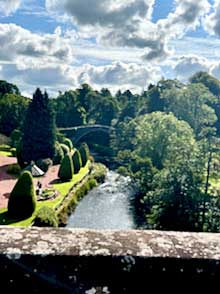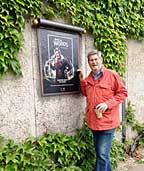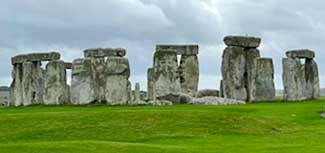 |
|
THE ISLAND OF GREAT BRITAIN: EUROPE’S LARGEST ISLAND |
|||
Story and photos by Brad Hathaway |
|||
When most Americans hear “Great Britain” they automatically think of the United Kingdom or of England. Ah, but it is so much more and so much more specific. “Great Britain” is the name of the island which England, Scotland and Wales share: an eighty thousand square mile landmass that is the largest island in Europe and qualifies as the eighth largest island in the world. While politically the term might extend to off-shore islands, to the visitor there’s so much on Great Britain proper that one never runs out of amazing sights or sites. Most Americans reach Great Britain by air, landing in Glasgow or Edinburgh in Scotland or Manchester or London in England. By far, the most popular arrival point is one of the six international airports of London. Heathrow has nearly half of all London traffic, and Gatwick has another quarter of the total. So, for many first time visitors, the introduction to Great Britain is London and its time-honored tourist must-sees.
As the capital city of England and the United Kingdom, London abounds with government buildings. There are many tours; especially good is a detailed tour of the building which houses the two chambers of the Parliament, Westminster Palace.
However, it is harder to approach the famous 10 Downing Street, residence and office of the Prime Minister which is quite fortified behind well-guarded gates.
As my wife and I had professional careers in Washington, DC, we particularly like to visit national legislature buildings on our travels, so Westminster Palace isn’t our only stop. In Scotland, we visited the legislature which is housed in a modern architectural structure across the street from a royal residence, Holyrood Palace, at the foot of the Royal Mile in Edinburgh.
For many, the top priority might be the theater district, as London has been one of the world’s greatest theater communities ever since the days of Will Shakespeare. In modern times, the West End became the British Broadway, with major tourist draws of big-bold musicals such as the nearly theme-park-show style of loud, flashy and lively musicals like Back to the Future. Recently on Shaftesbury Avenue is a tender love story musical with a bright, tuneful score and imaginative illusions helping tell the story. What story? The tale of The Time Traveller’s Wife. It made a good book. Then it made a good movie. Now it makes a good musical. And, just as Broadway has its Off-Broadway, London has what has become known as “The Offs” — as many as a hundred venues seating up to just a few hundred patrons. One “Off” is the Charing Cross Theatre where the musical version of Daphne du Maurier’s romance, Rebecca, is being very well sung, indeed. There are plenty of non-musical shows to please - in addition to a hefty raft of Shakespeare. At the Hampstead Theatre north of Regency Park we caught a marvelous production of Anthropology, a play by Lauren Gunderson involving an Artificial Intelligence, or AI-enabled algorithm, that becomes a key character in a mystery thriller.
Not all the great theater options are in London. Travel north to Birmingham and you can catch a good show at the Birmingham Rep where recently they offered the premiere of a bio-musical, Sinatra, with sparkling orchestral arrangements by Larry Blank supporting the vocals by such talents as Matt Doyle, who plays Frank Sinatra, and Ana Villafañe and Phoebe Panaretos, who portray wives Nancy and Ava (as in Ava Gardner.)
Further north you can find the Storyhouse Theater in the Chester suburb of Liverpool where The Time Traveller’s Wife had its pre-London tryout. Keep going north and check out the theaters in Scotland where classics can be found in Glasgow. Edinburgh is the home of the original Fringe Festival for off-beat and often one-of-a-kind theater. But for theater lovers as well as history buffs, there’s nothing quite like a pilgrimage to Stratford-on-Avon where Shakespeare (and his wife, Anne) grew up.
A night at the theater might best be accompanied by a pint at one of the innumerable pubs you can find all across the island of Great Britain. Here are a few - the Conan Doyle is an institution in Edinburgh just around the corner from where the creator of Sherlock Holmes was born.
The night might also be used to attend a classical concert or an opera - there are over fifty professional symphonies on the Island of Great Britain, not to mention over 600 community orchestras. There are twenty fully professional opera companies as well as another forty-something community opera companies.
If the evening is for performances, dinners and/or pubs, the daylight hours are for seeking out the sights. In London one might start viewing the Charing Cross, a Victorian-era representation of a thirteenth-century memorial to Edward I’s queen Eleanor of Castile, which incorporates no fewer than eight statues of that queen. Then around the corner you’ll find the national Gallery facing on Trafalgar Square.
Art galleries and museums are everywhere throughout the island. In Glasgow you can spend a day in the Kelvingrove Museum and Art Gallery viewing notable paintings and sculptures while you wait for the 1 pm recital on its massive pipe organ with 2,889 pipes. Among the sculptures that caught my eye were a depiction of Elvis as a saint (yes, really) and a small bronze of Franklin Roosevelt, a study for a life-sized version for the memorial in London’s Grosvenor Square.
Not all museums are in big, imposing buildings. Docked in the port area of Leith north of Edinburgh is Queen Elizabeth’s yacht Britannia, a 412 foot long, 5,700 ton ship that the late queen used for 43 of the 70 years of her reign. Now a museum with a very good audio tour available, visitors can see the public and private spaces including the grand dining room in which she entertained 12 Prime Ministers, nine United States Presidents, and celebrities like Marilyn Monroe, Frank Sinatra, Julie Andrews and Sean Connery. Also on view: her on-board office, her bedroom, and the accommodations and working spaces for the crew.
From the farthest north to the extreme south, Great Britain is dotted with churches, cathedrals, abbeys and monasteries of note. Northern-most? Consider Kirkwall in the off-shore archipelago of Orkney just 20 miles north of the northern-most shore of Scotland. There you will find Saint Magnus Cathedral, which dates from the twelfth century. On the morning we were there it was topped by a lovely rainbow. Five hundred-plus miles to the south, in Surrey south of London, one can see the simplicity of the Guildford Cathedral that was built between 1936 and 1961. And, of course, in London there’s Westminster Abbey where British monarchs have been crowned since 1066.
In between, check out the stained glass windows now under renovation at the Birmingham Cathedral, the lovely intimacy of the Dornoch Cathedral in the Scottish Highlands, or the majesty of the Minster in York.
In downtown London, the Church of England parish St. Martin-in-the-Fields is built on a site that has had a church there since medieval times. In its basement, or “crypt,” is a tea room that frequently features performances of local artists. The church is also known world-wide among classical music fans for the chamber orchestra of its academy which is one of the most recorded chamber orchestras in the world with hundreds of releases on nearly a dozen record labels.
Not all the religious buildings of note are still in use - sadly, ruins and remains are everywhere. In Yorkshire, England, the Fountains Abbey, a Cistercian monastery for over 400 years, is now a picturesque ruin within the Studley Royal Water Garden and Park. In Glenluce, Scotland, another Cistercian monastery is in such a state of decay that it is now surrounded by fencing to keep visitors from getting too close.
There are places that simply feel English or Scottish. Just walking on the grounds of the ruins of the Ardvreck Castle on Loch Assynt in Sutherland, Scotland, brings about a sense of the history of the Scots. I get just as strong a sense of the history of England when walking into the courtyard of Hampton Court Palace. Cardinal Thomas Wolsey gave this palace to King Henry VIII in 1529 in an effort to regain the King’s favor. It didn’t work.
Among the greatest tourist draws for Scotland are castles either renovated or reconstructed to present a picturesque appearance. The often-photographed Eilean Donan Castle in the western Highlands was destroyed in 1719 for the Clan Mackenzie’s participation in the Jacobite Rebellion, but reconstructed in the early 20th century. About a century before that, the Dunrobin Castle was remodeled as a palatial home.
There are notable ruins of castles throughout the land. Across the street from Kirkwall’s Saint Magnus Cathedral sits the remains of The Earl’s Palace, built in the 17th Century for the Earl of Orkney because he felt the Bishop’s accommodations on the grounds of the cathedral were not fitting for an Earl. Fans of the television series The Outlander would recognize the view from the towering remains of Dunure Castle in Ayrshire as scenes for this series were filmed in the harbor.
Great Britain Island was once home to prehistoric populations in the Bronze Age and the Iron Age. Some built circles of standing stones - for what reason no one alive today knows for sure. Religion? A crude calendar? A celebration? Sacrificial ceremonies? On the Salisbury Plain to the west of London stands the most famous stone circle in the world: Stonehenge. It dates back around 2,500 years. There are standing stones throughout Great Britain but most are nowhere near the size and scope of Stonehenge, where the outer ring stones are over a dozen feet high and weigh nearly 25 tons and are topped by horizontal stones as well. Some smaller circles can be found in farmer’s fields or the front yards of homes. In Aberfeldy, Scotland, the Croft Moraig Stone Circle is in the yard of a home on a local road. It has been there for nearly 4,000 years - long before the land became a farm and a farmer's home. For maximum emotional impact, you might want to visit while listening to a streaming audio of Paul McCartney's orchestral/choral piece "Standing Stone."
One wouldn’t think that cows would be a notable feature of a tour through open countryside, but the Highlands of Scotland are home to a unique breed of bovine that goes by the oh-so-Scottish-sounding name “Coos.” We visited Kitchen Coos & Ewes (they have sheep as well) in Newton Stewart, Scotland, to learn about these hairy, horned critters, getting “up close and personal” with them.
Historic sites draw many visitors. Two of them which we recently visited in Scotland were of particular interest. The legend of fourteenth-century king of Scotland, Robert the Bruce, is commemorated by a stone on the top of a hill on Loch Trool. The choice of a stone for the memorial is fitting as it marks the spot where his band had its first victory over the English by throwing rocks down on the English army. Further north in the Highlands is a spot important for an event some four hundred years later, as “Bonnie Prince Charlie” (Charles Stuart) began the Jacobite Rebellion in an effort to regain the British throne for the Stuarts. A monument was raised in Glenfinnan at the site of his arrival on Scottish soil in 1745.
Steps from the Glenfinnan Monument is an open field from which one of the best-known bridges on the island can be seen - best known because of the millions of viewers of Harry Potter movies. The Glenfinnan Viaduct carried the Hogwarts Express above the valley. During high season tourists gather in that field mornings just after 10 am and afternoons about 1 pm to see the Jacobite Steam Train headed to Mallaig from Fort William.
That bridge, or viaduct, may be the best known visually, but another bridge - the bridge over the river Doon in Ayrshire - should send a thrill down the spine of any music fan. The bridge was the setting for the final verse of Robert Burn’s Tam o’Shanter, but may be better known from the Lerner and Lowe musical Brigadoon which became one of Gene Kelley’s biggest hits. “Brigadoon” is Scottish for Bridge over the Doon.
You may notice that there are no photos here from the other nation on Great Britain, Wales. That’s because we haven’t gotten there yet. We must schedule a visit soon. ABOUT THE AUTHOR
|
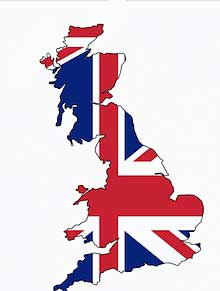
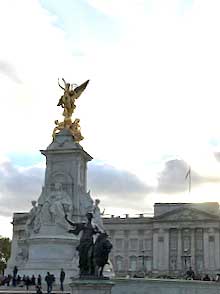
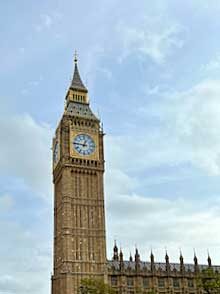
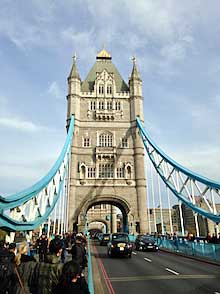
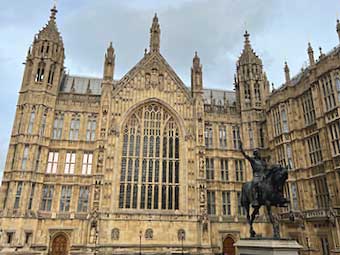
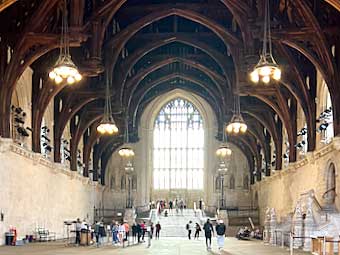
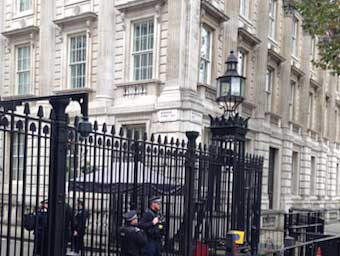
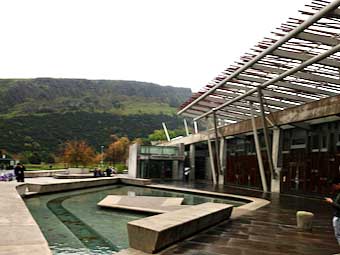
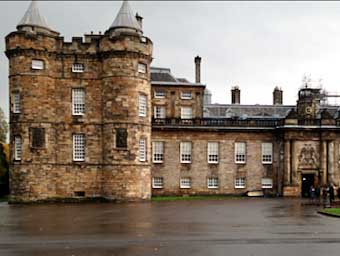
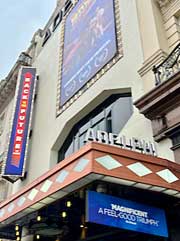
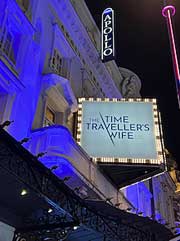
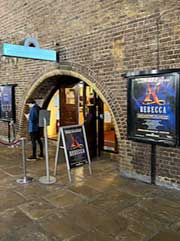
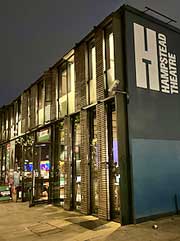
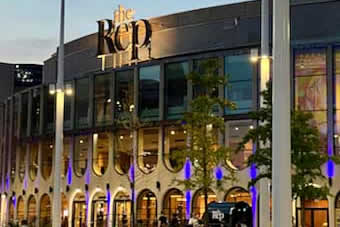
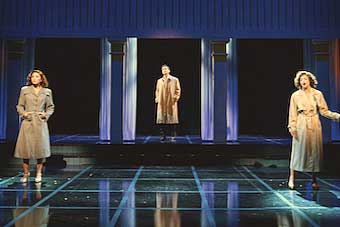
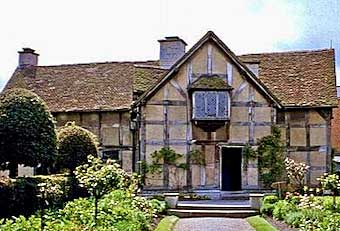
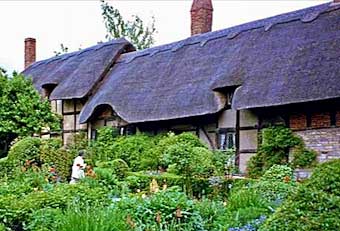
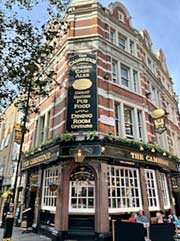
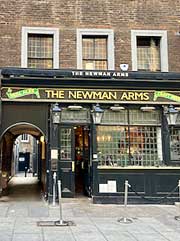
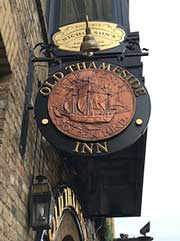
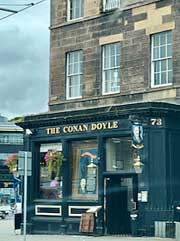
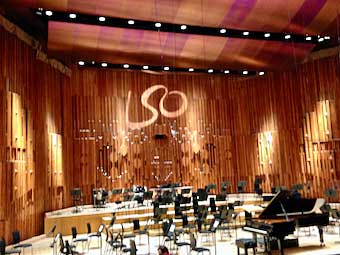
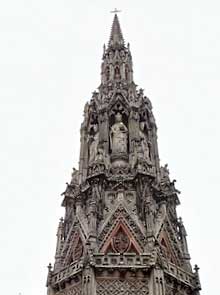
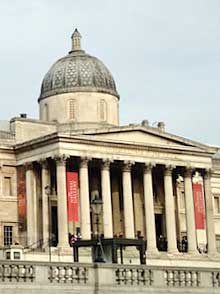
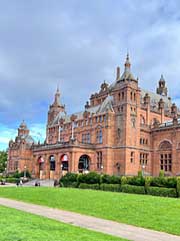
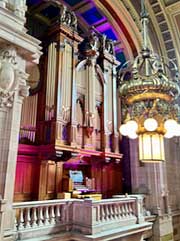
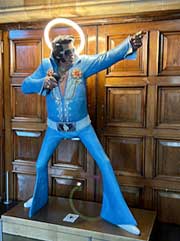
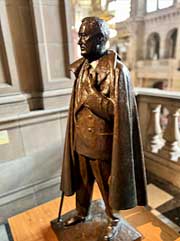
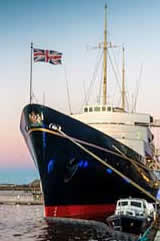
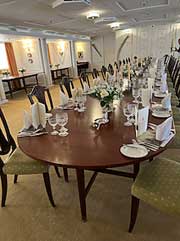
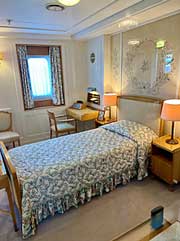
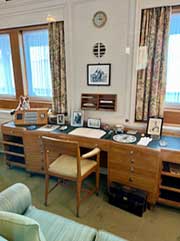
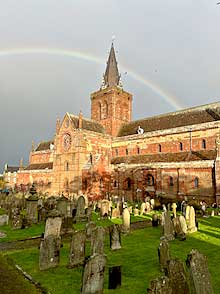
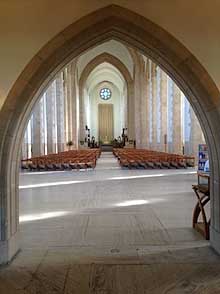
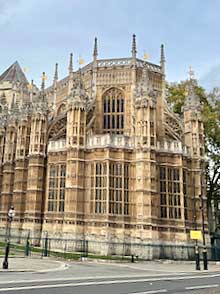
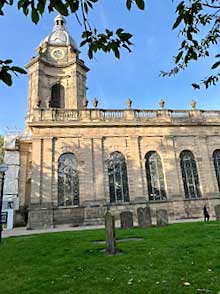
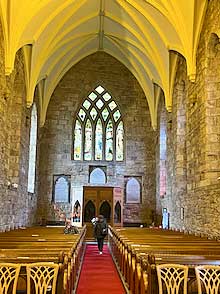
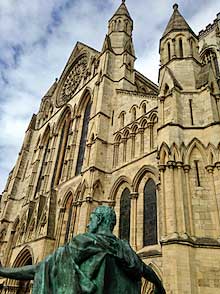
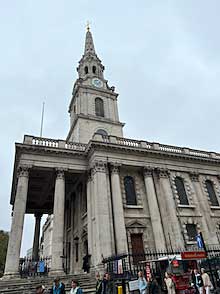
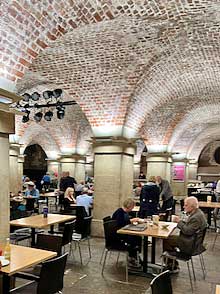
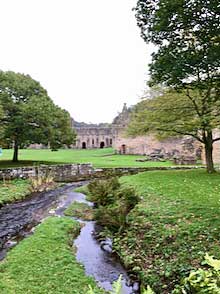
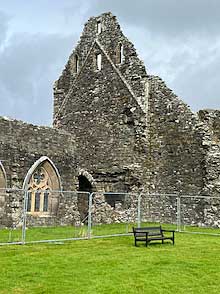
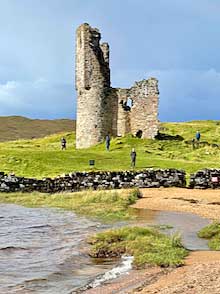
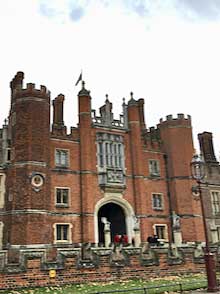
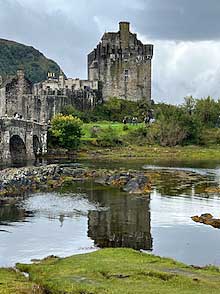
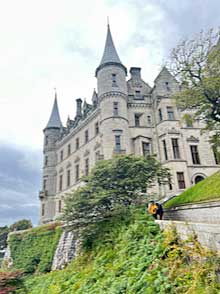
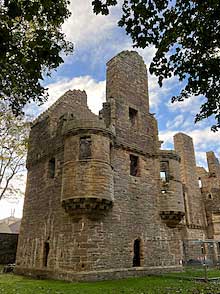
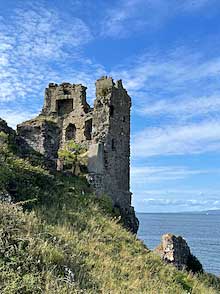
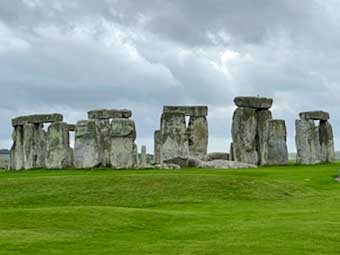
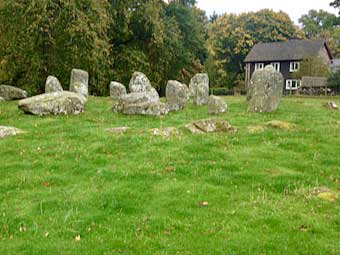
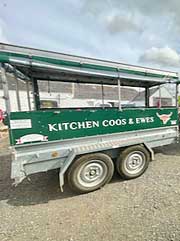
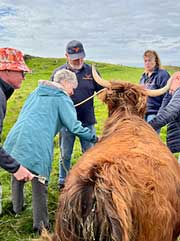
.jpg)

